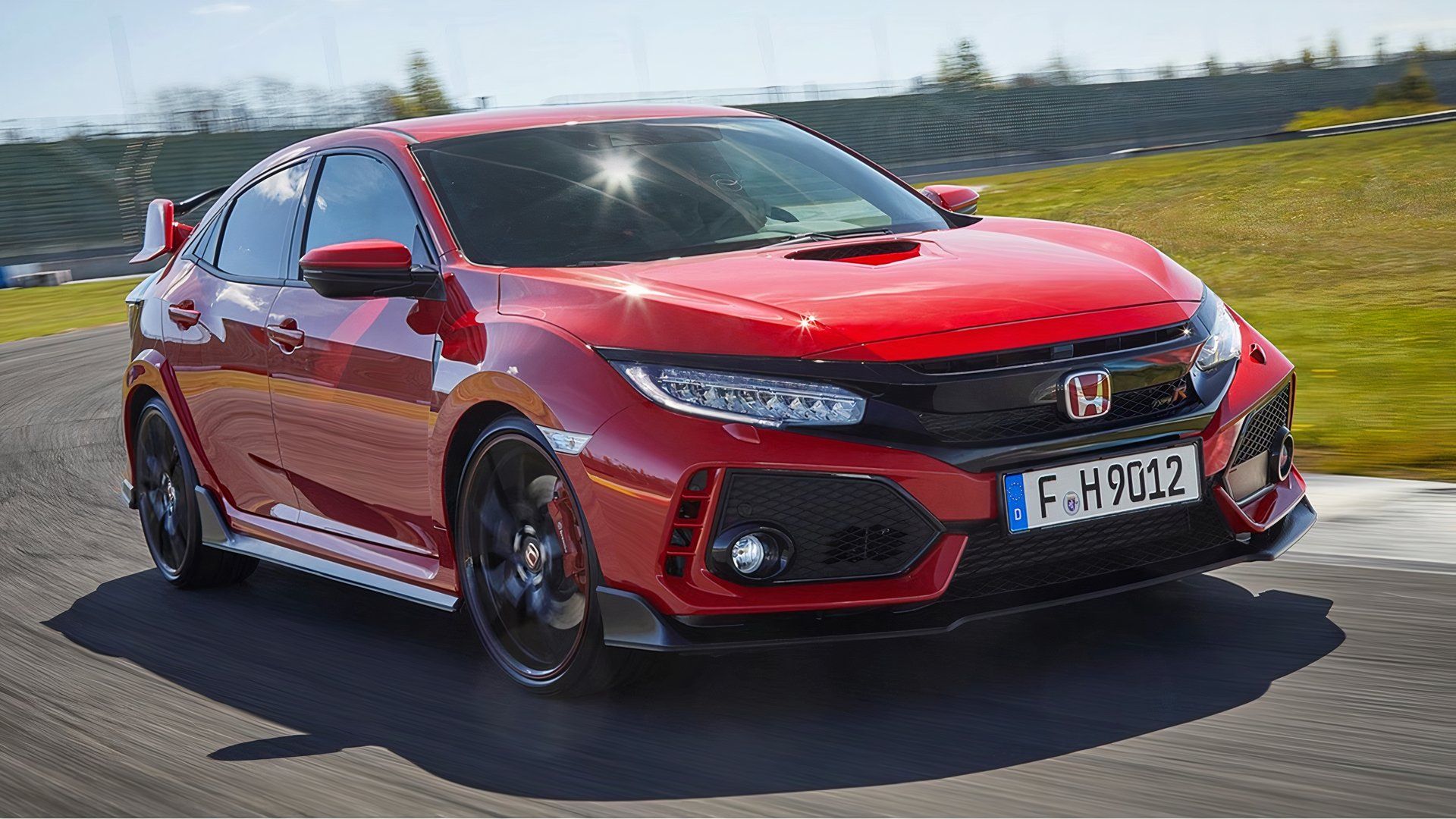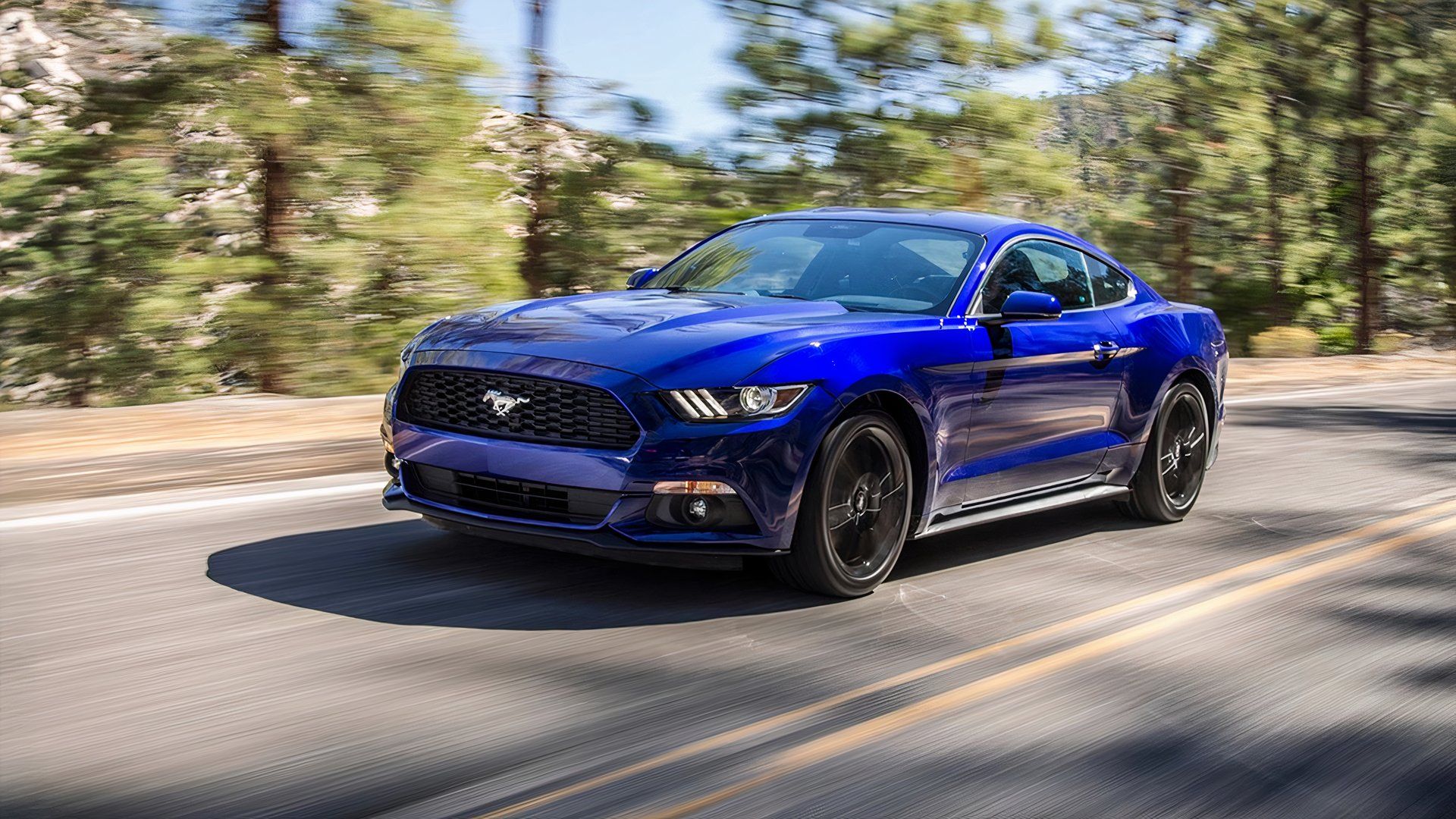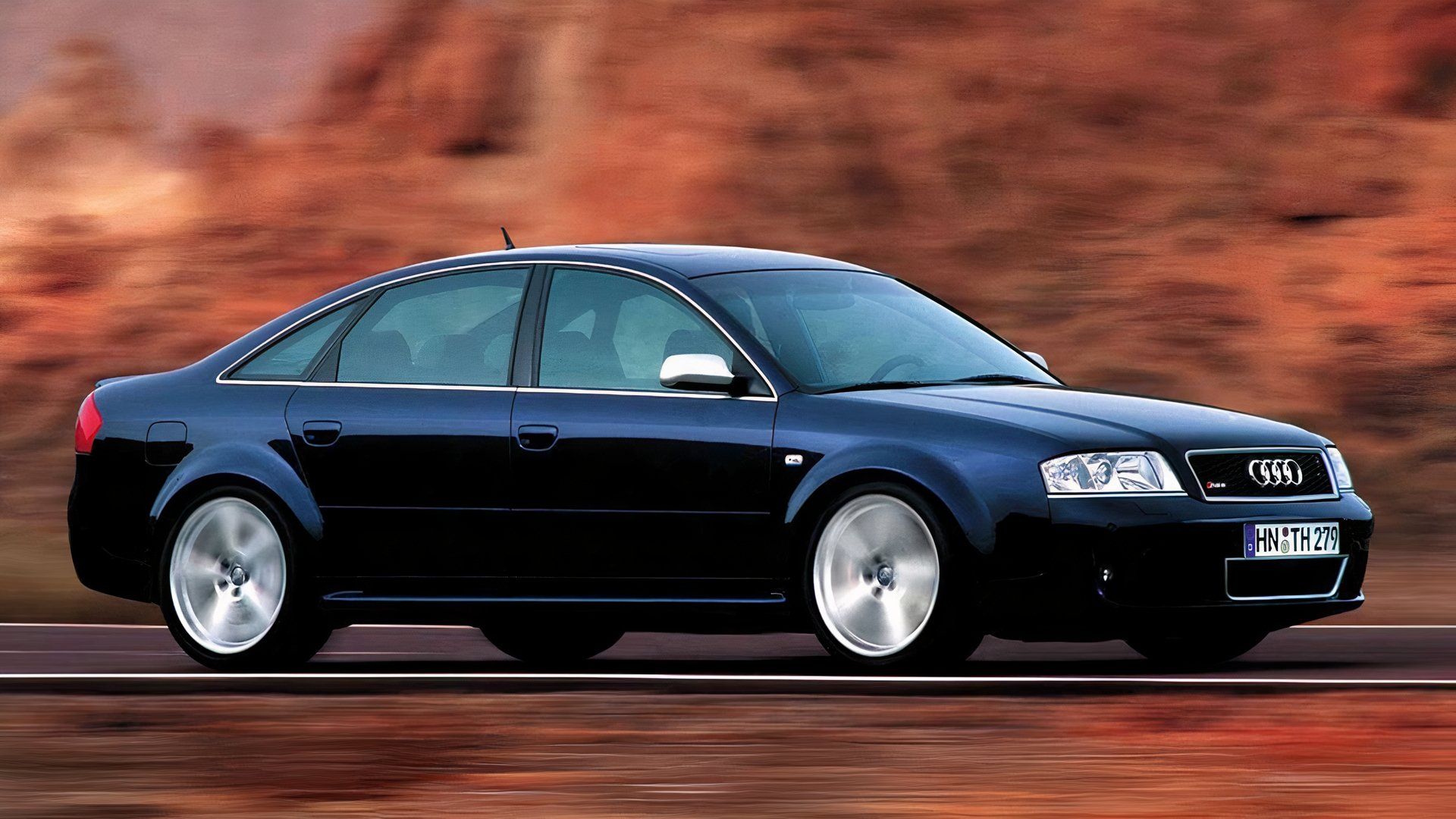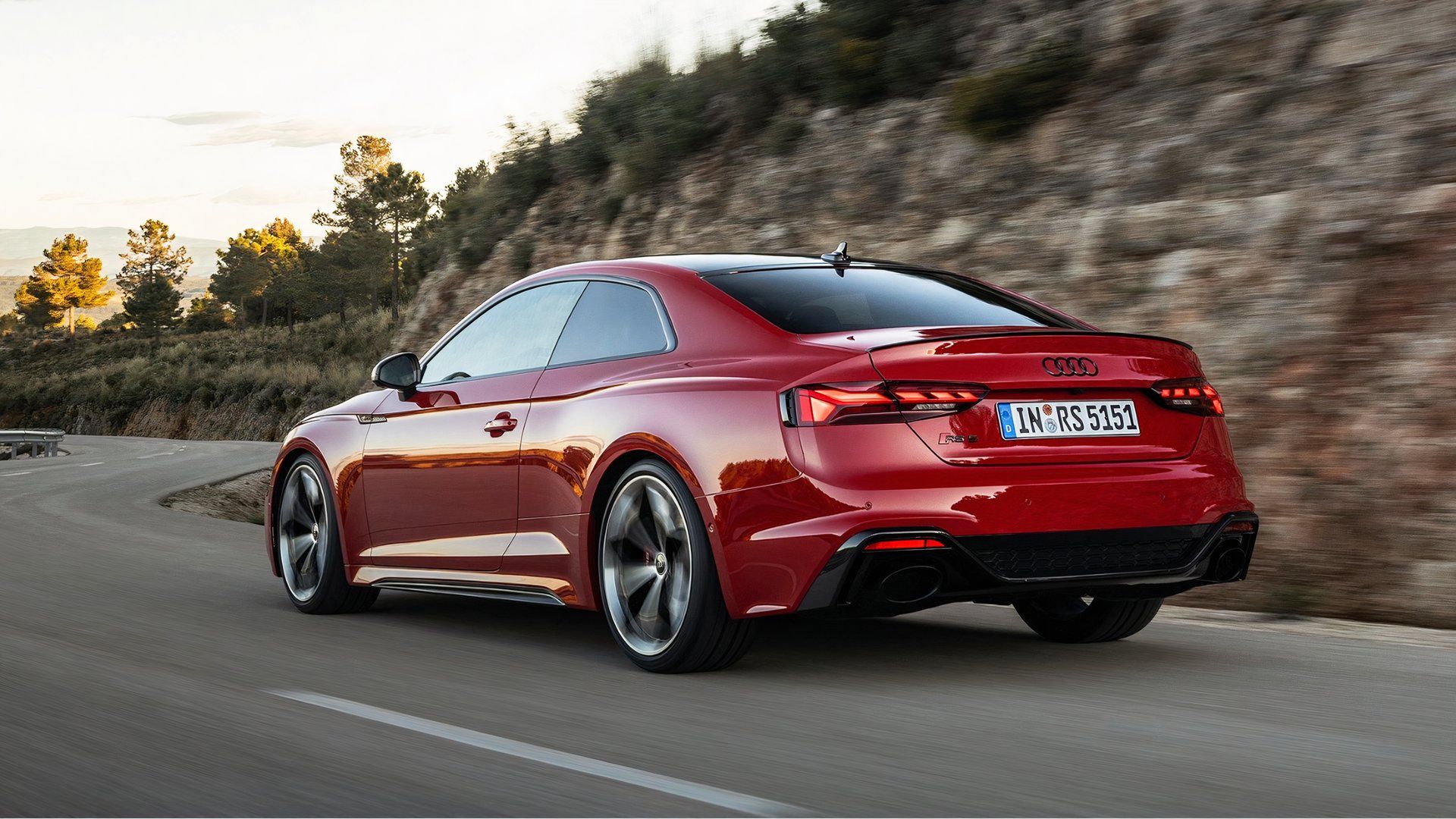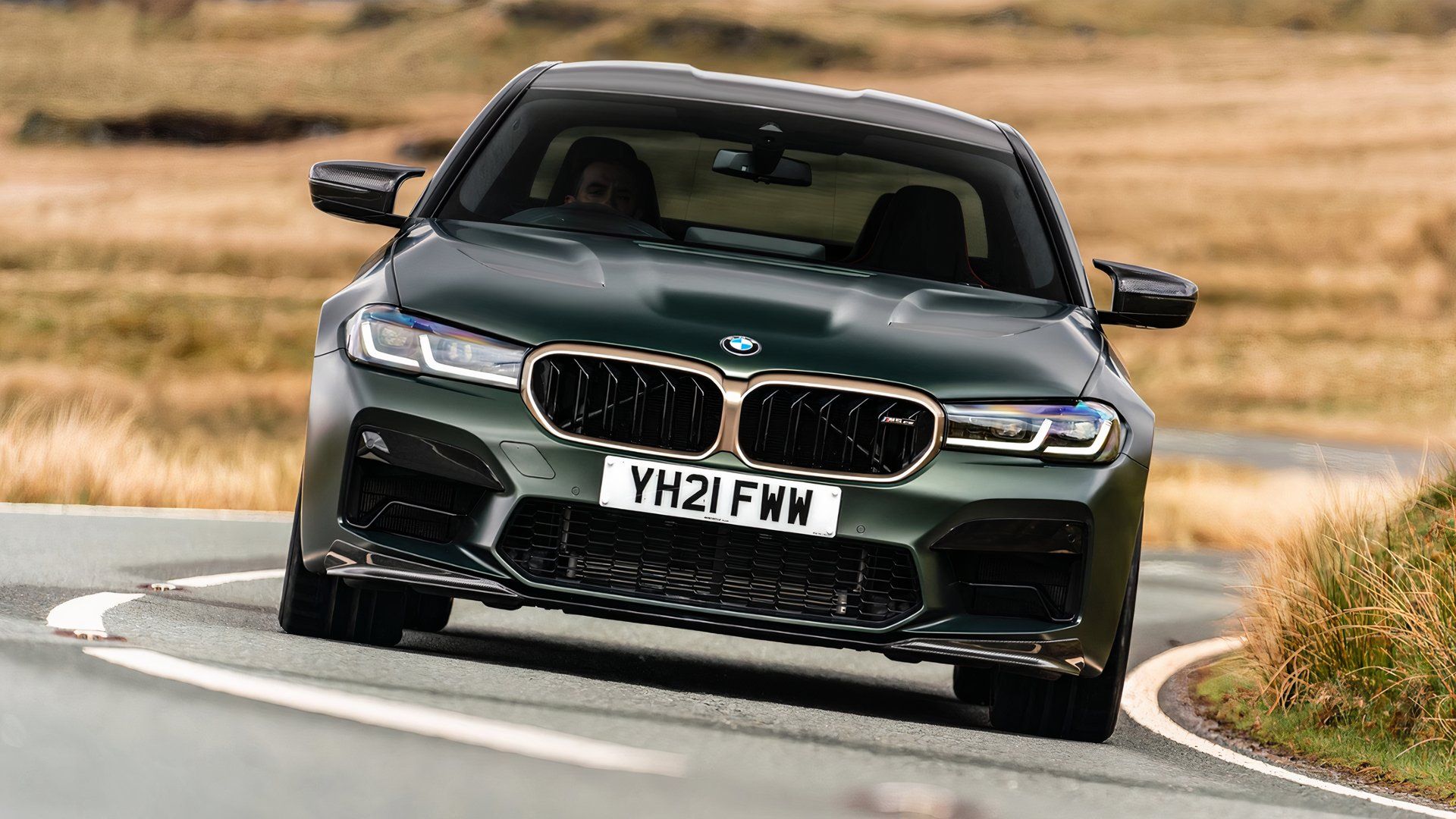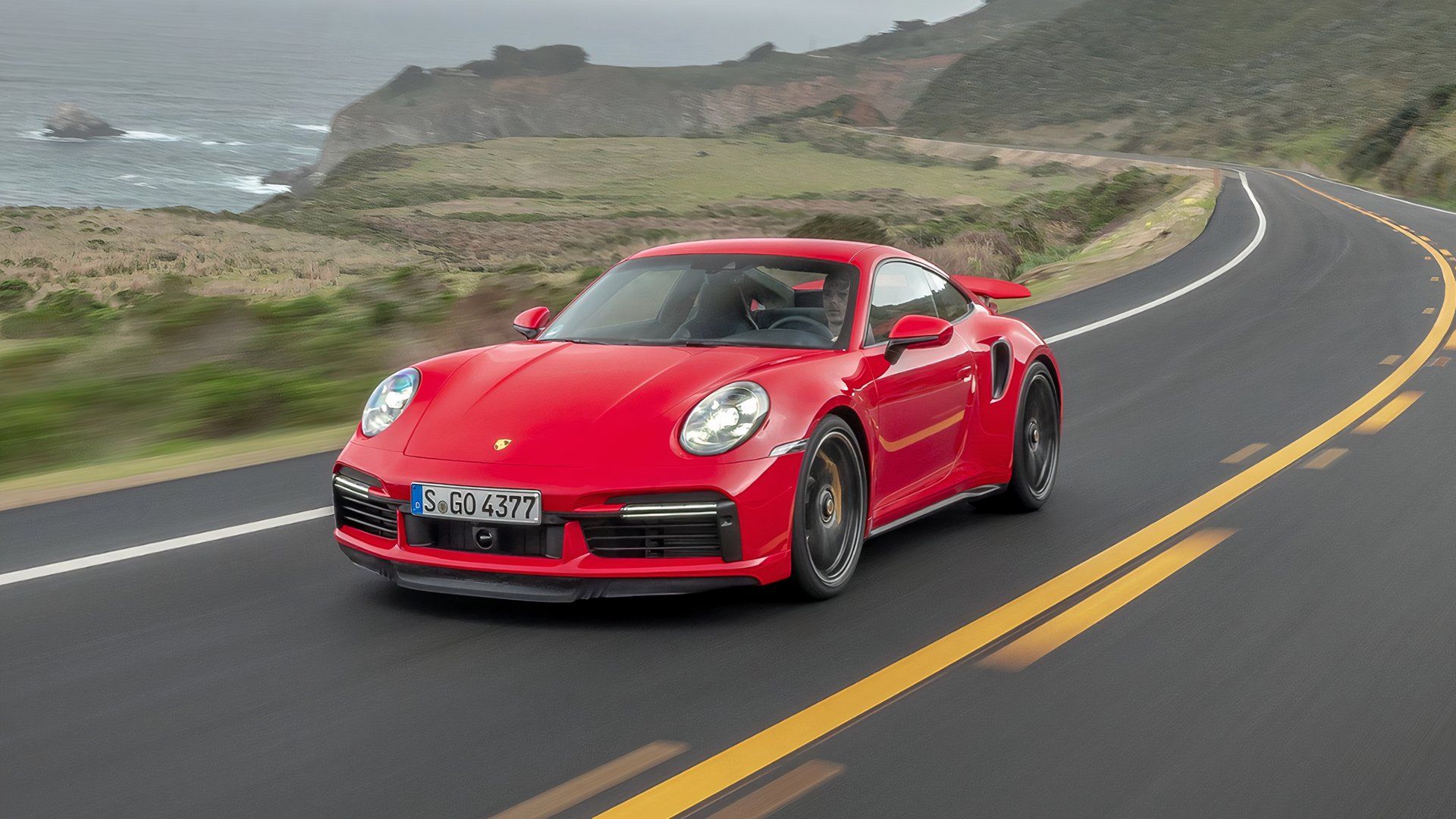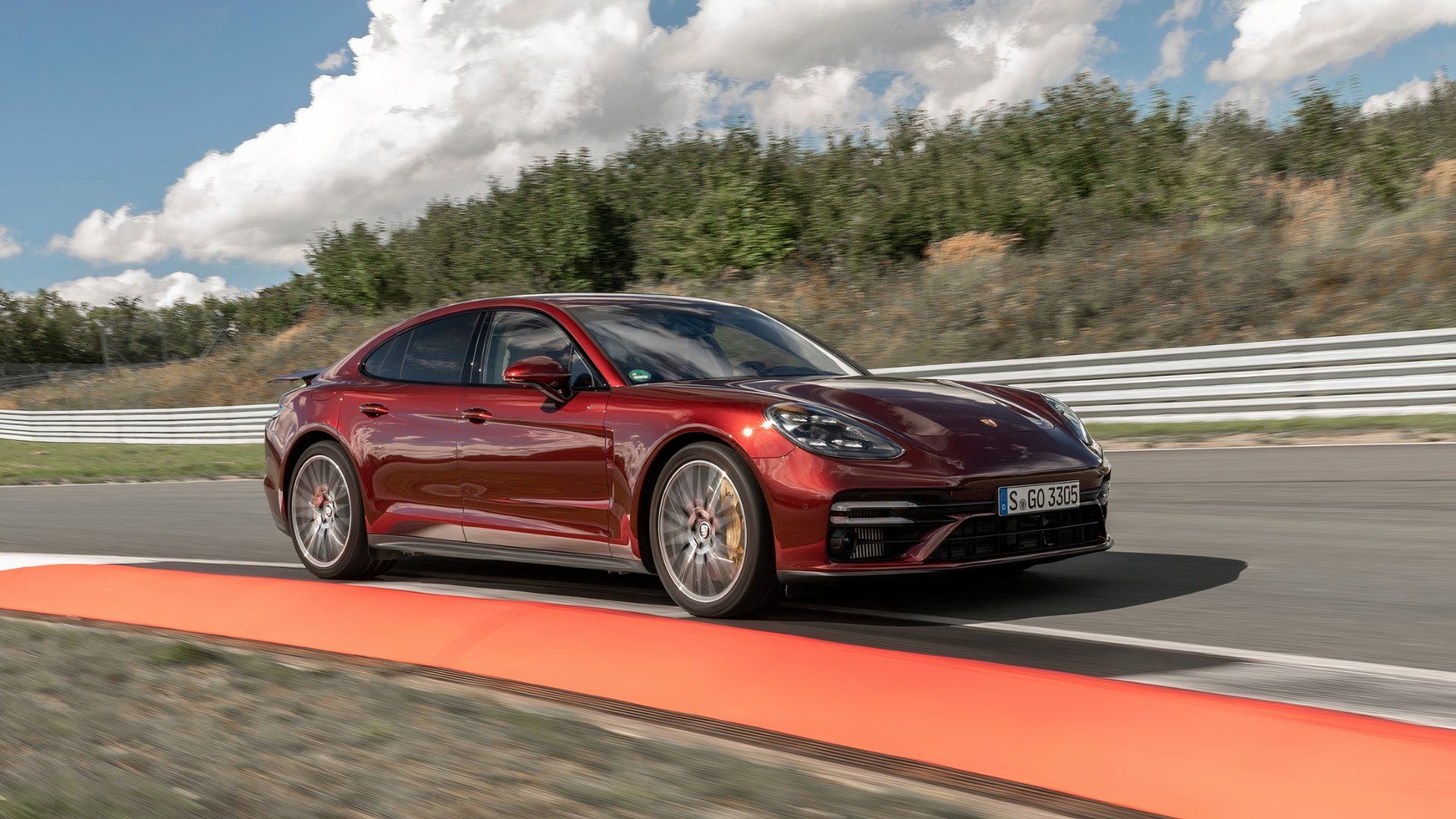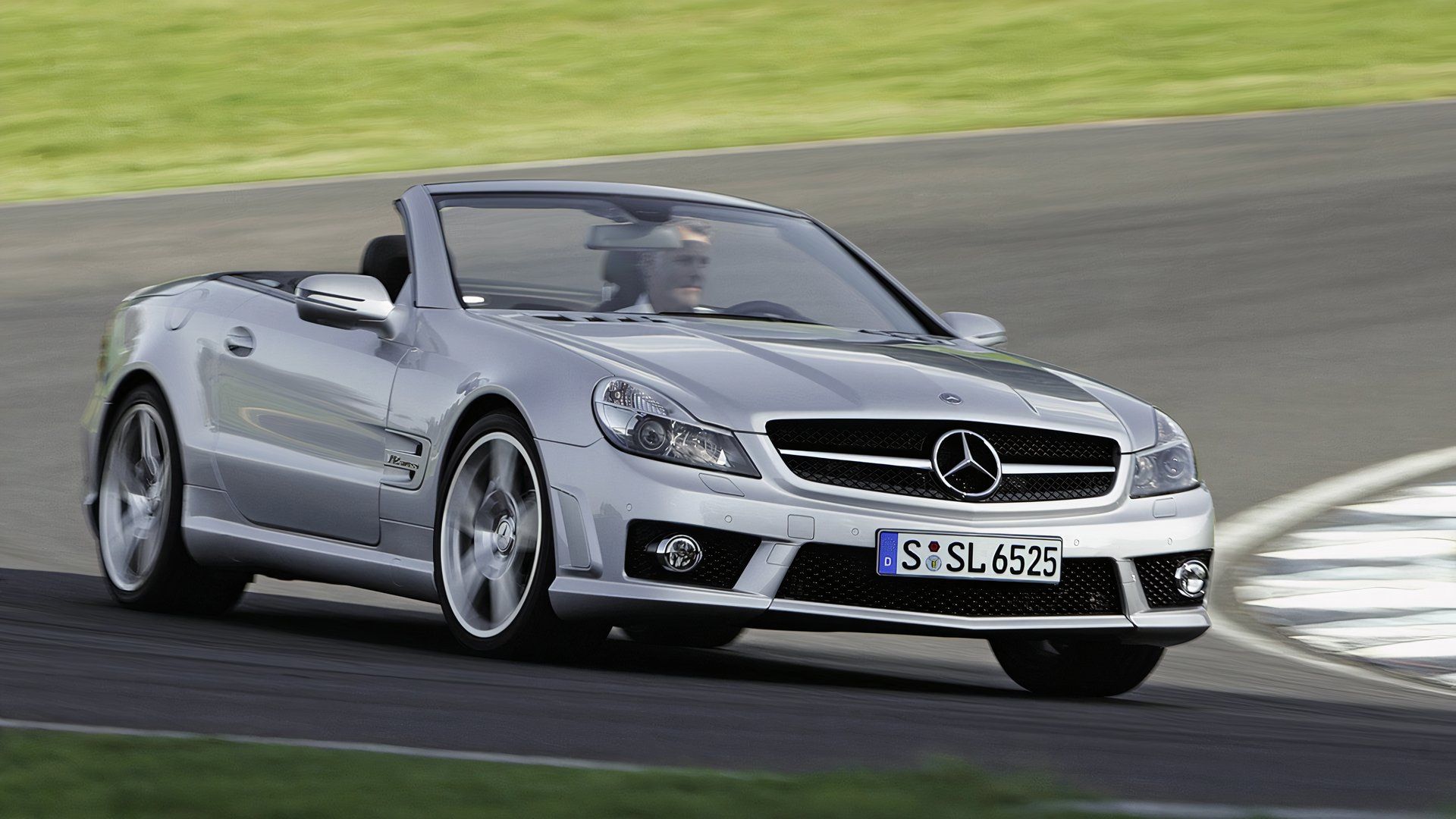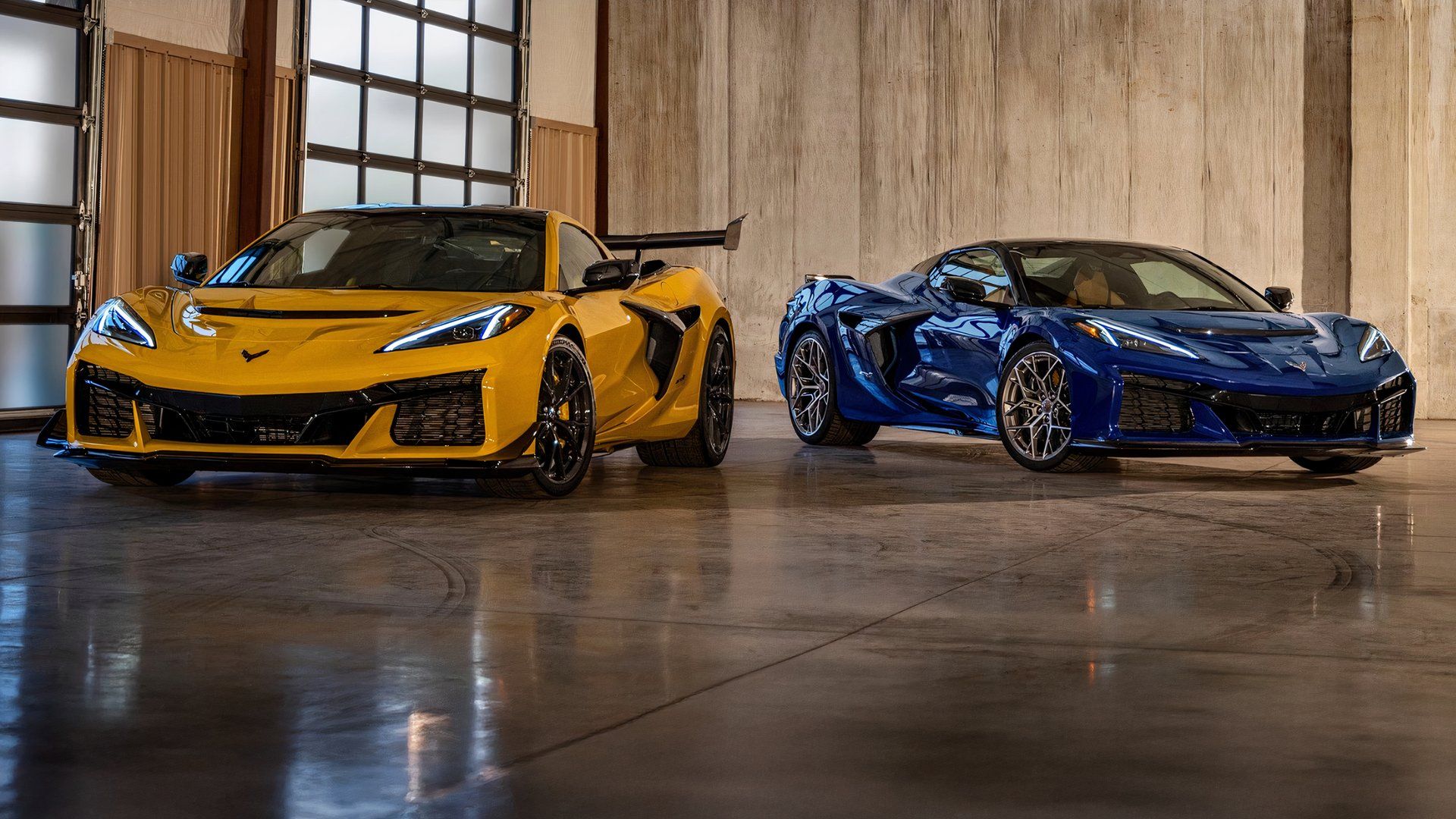
The modern era of mass-market affordable turbocharging began in the 1990s with the arrival of VW and Audi’s 1.8 Turbo and 2.7 Twin-Turbo engines. For the first time, manufacturers were talking about gas-burning turbo engines making peak torque starting at 1,750 rpm and maintaining it up to 4,200 rpm. Before these came along, turbocharged gas cars were capable of making plenty of power, but even with sequential twin turbos, they suffered from significant lag.
In the early 2000s, VW/Audi moved the needle again with the introduction of gasoline direct injection turbocharged engines. Spraying fuel directly into the combustion chamber gave engineers far more control over pre-detonation, and the cylinder cooling effect allows for higher compression with more boost.
Today, turbocharged cars are the standard, and you have to look for enthusiast cars to find a high-revving naturally aspirated engine. But, it’s a good thing for average consumers, as even the slowest modern cars are quicker than naturally aspirated performance cars from a couple of decades back. This is by no means a comprehensive list of all the high-torque turbo cars of the modern era, but some standouts with a lot of torque for their displacement.
While there are a couple of cars on this list with enough torque to make a half-ton truck jealous, there are also some that have a surprising amount of torque for the size of their engine and/or just the type of car. Cars are sorted by the torque they produce, rated in foot-pounds.
Related
The World’s Cheapest Twin-Turbo V8 Car Is A Bargain Super Sedan
It’s got proper sleeper car credentials and a prestigious badge.
10
2015 Honda Civic Type-R
295 lb-ft @ 2500 rpm
Specs
|
Engine Type |
Turbocharged, DOHC 16V, I-4 |
|
Displacement |
2.0L |
|
Torque |
295 lb-ft |
|
Power |
306 hp |
A torque figure of 295 lb-ft doesn’t seem all that shocking anymore. But, in 2015, that much torque going through the front wheels of a Civic was near blasphemy. That’s more torque than the same year of Subaru WRX STI, or VW Golf R. And those are both all-wheel drive. Maybe even more surprising was that the Civic Type-R has no discernible torque steer thanks to its virtual steering axis front suspension. The high-strung 2.0-liter occasionally exhibits a little surging, but Honda loyalists are already trained to think it’s the V-TEC kicking in. Unlike similar engines, the Honda pulls all the way to redline without falling on its face — I’m looking at you, VW. This wasn’t the first high-torque four-banger in a hot hatch, but it’s one of the best.
9
2015 Mercedes-Benz GLA45 AMG
332 lb-ft @ 2250 rpm
Specs
|
Engine Type |
Turbocharged, DOHC 16V, I-4 |
|
Displacement |
2.0L |
|
Torque |
332 lb-ft |
|
Power |
355 hp |
Is it a crossover? Is it a hatchback? Is it really $60,000? The answer is yes. To all three. In Europe, the A-Class Mercedes was an entry-level luxury hatchback meant to compete with the VW Golf and Audi A3. Americans don’t like hatchbacks, so throw some extra plastic at it, raise it a half-inch, and call it an SUV. The GLA arrived right as Mercedes decided everything needed an AMG version. The GLA is better for it. While the regular car is an expensive, boring, too-small CUV, the GLA 45 AMG is an expensive rally rocketwith optional dive planes.
As we all know, AMG has a thing with engines, and this 2.0-liter is no exception. It used a water-to-air charge cooler mounted right in between the twin-scroll turbo’s outlet and throttle body, making for the shortest intake path possible. The cross-sectional area of that path was optimized by AMG, which all but eliminated lag during rapid throttle modulation, like when you’re on a racetrack. Compared to the standard GLA-s engine, the AMG M133 uses a stronger aluminum block, crank, and pistons to support the 26 psi of boost. The car is capable of 0-60 mph in 4.5 seconds, it’ll pull nearly 1.0g on the skid pad, and it even came in metallic purple.
8
2018 Ford Mustang EcoBoost
350 lb-ft @3000 rpm
Specs
|
Engine Type |
Turbocharged, DOHC 16V, I-4 |
|
Displacement |
2.3L |
|
Torque |
350 lb-ft |
|
Power |
310 hp |
The Mustang V6 bowed out in 2017. Looking at the specs of the EcoBoost makes you wonder how it lasted as long as it did with just 300 hp and 280 lb-ft of torque compared to the turbo’s 310 hp and 350 lb-ft of torque. It wasn’t even much cheaper. Anyway, the Mustang is better for it. The EcoBoost has 15% more displacement than our first two entries and gets a decent bump in torque.
While I have a hard time imagining buying a Mustang that isn’t a V8, this is a compelling package that has plenty of low-end torque, a nice manual, and is one of the best-balanced Mustangs ever. The Mustang GTs would still leave these for dead around a track, and they sound terrible, but the most important thing is that the Mustang EcoBoost is quicker than the comparable four-banger Camaro.
7
2002 Audi RS6
413 lb-ft @ 1950 rpm
Specs
|
Engine Type |
Twin-Turbocharged, DOHC 40V, V8 |
|
Displacement |
4.2L |
|
Torque |
413 lb-ft |
|
Power |
444 hp |
This is what I’m talking about with VW/Audi and those quick-spooling turbos making peak torque at 1,950 rpm and maintaining it up to 5,600 rpm. And, that 413 lb-ft was a big number in 2002 when the 5.7-liter V8 in the Camaro SS was only making 350 lb-ft. The engine was designed by Cosworth, a relationship that continues today. It was before Audi moved to direct injection, so these cars only run about 9 psi because of the engine’s relatively high 9.8:1 compression ratio. Tuners can squeeze over 500 lb-ft out of an otherwise stock car, but the ZF transmission becomes the weak point. The RS6 is the ultimate sleeper. Europe got the wagon version, and the US only sedans. These cars terrorize flashier cars on the Autobahn on a daily basis.
6
2023 Audi RS5 Competition
443 lb-ft @ 1900 rpm
Specs
|
Engine Type |
Twin-Turbocharged, DOHC 24V, V6 |
|
Displacement |
2.9L |
|
Torque |
443 lb-ft |
|
Power |
444 hp |
This is what two decades of development can do in turbo technology. The 2.9-liter V6 in the 2023 RS5 has just as much torque as the 4.2-liter V8 in the 2002 RS6. The RS5 benefits from more efficient turbochargers, water-to-air charge cooling, and most importantly, direct fuel injection. Audi has changed to a hot-vee configuration with the turbos sitting in the engine’s valley. This has several advantages, including decreasing the distance between the exhaust valves and the turbine inlet, decreasing the heat soak in the inlet track, and making for more efficient packaging under the hood. Although substantially smaller, there is no comparison between the new V6 and the old V8, except maybe in sound.
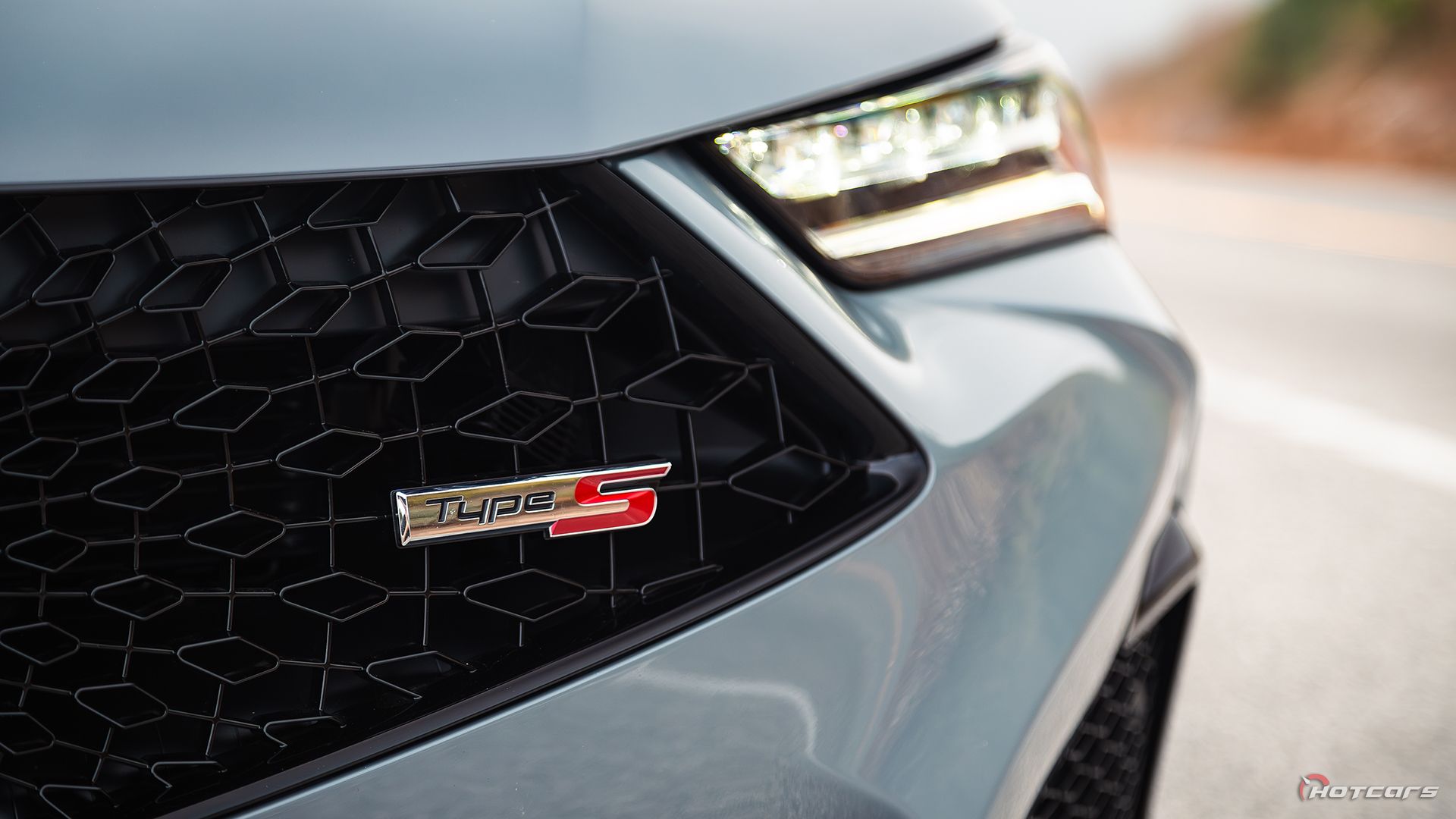
Related
10 Most Reliable Turbocharged Cars On The Market
These new cars combine boosted power with incredible reliability.
5
2022 BMW M5
553 lb-ft @ 1800 rpm
Specs
|
Engine Type |
Twin-Turbocharged, DOHC 32V, V8 |
|
Displacement |
4.4L |
|
Torque |
553 lb-ft |
|
Power |
627 hp |
I know some of you are screaming because I didn’t choose the latest BMW M5 with 738 lb-ft of torque. That car’s a hybrid, and all that extra torque is coming from electrons, which is fine by me, but outside of what we’re doing here. BMW had some trouble shifting from high-revving naturally aspirated engines to turbo torque monsters. The early F80 M3/4 has terrible throttle modulation. It’s like a light switch with a random delay. Some of the early twin-turbo V8s at least had the same delay every time, but you could get a full three-Mississippis between hitting the gas pedal and the car responding. The newer cars are better. Still not as good as some of the competition, but 553 lb-ft of torque, available at 1,800 rpm, out-muscles all the EcoBoost F-150 models. I should check the tow rating on the M5.
4
2021 Porsche 911 Turbo S
590 lb-ft @ 2500 rpm
Specs
|
Engine Type |
Twin-Turbocharged, DOHC 24V, F6 |
|
Displacement |
3.7L |
|
Torque |
590 lb-ft |
|
Power |
640 hp |
I’ve been a Porsche fan my entire life. But if you told me I would someday see a 911 Turbo on a list of cars with surprising amounts of torque, I would have called you a dummkopf. But here we are, a 911 with 590 lb-ft of torque and out of only 3.7 liters. The new Turbo S engine uses a pair of variable geometry turbos, controlled by waste gate flaps that are operated by stepper motors for more accurate boost control. Porsche also increased the size of the two charge coolers while also repositioning them to optimize the intake track geometry. New piezo injectors respond faster and more accurately, so throttle response is even faster than the previous car.
When bench racers start comparing specs of the world’s fastest cars, one of the most important things they don’t realize is how much more drivable 911s are compared to just about everything else on the road, and Porsche is doing it with a little flat-six.
3
2021 Porsche Panamera Turbo S
604 lb-ft @ 2300 rpm
Specs
|
Engine Type |
Twin-Turbocharged, DOHC 32V, V8 |
|
Displacement |
4.0L |
|
Torque |
604 lb-ft |
|
Power |
620 hp |
If you can’t figure out why anyone needs 604 lb-ft of torque in a sedan, it means you’re probably a sane and well-adjusted human being. There isn’t a person on earth who needs a sedan with more than half that, but I can tell you, Porsche Panamera sales were up 10% at the end of 2021, so it’s doing something right. Although the engine cover says “Porsche” on it, twice, it is in fact the same engine you’ll find in the Lamborghini Urus, Bentleys, and a few other VW Group Products. That might explain why, even with the huge numbers, the Panamera Turbo S is capable of behaving like a luxury sedan when driven like a non-crazy person. It forgoes the theater of competitors from BMW and Mercedes and just goes about its work. On top of the 2.6-second 0-60 mph time, the car will also pull over a g on the skid pad. The Panamera Turbo S is a complete package that is complete overkill.
2
2009 Mercedes-Benz SL65 AMG
738 lb-ft @ 2000 rpm
Specs
|
Engine Type |
Twin-Turbocharged, SOHC 36V, V12 |
|
Displacement |
6.0L |
|
Torque |
738 lb-ft |
|
Power |
604 hp |
If there’s one car on the list that defines “too much torque,” this is it. While some of the cars on this list are showcases of engineering, demonstrating the art of optimization by squeezing the very most of a small displacement engine using cutting-edge technology, Mercedes said, “Screw it – here’s a 6.0-liter V12 with our old 3-valve per cylinder head and two turbos blowing into it.” And boom, 738 lb-ft of torque. The engine redlines at 5,950 rpm, which even in 2009 was something you might see on a diesel.
According to sources inside Mercedes, this engine can make more power and torque, but there wasn’t enough motivation to engineer a transmission to handle it. The engine is used in all the brand’s top cars from the G-Class and S-Class, to SLs and CLs. It feels a little different in every car, but the SL is most ridiculous and anxious to burn through tires. In the G65, the traction and stability control is so quick to pull power, it’s pointless for anything but bragging rights, and really, I guess that’s the point of having 738 lb-ft of torque, right?
1
2025 Chevrolet Corvette ZR1
828 lb-ft @ 6000 rpm
Specs
|
Engine Type |
Twin-Turbocharged, DOHC 32V, V8 |
|
Displacement |
5.5L |
|
Torque |
828 lb-ft |
|
Power |
1064 hp |
Most of the world’s supercar builders agree, if you’re going to make over 600 lb-ft of torque, you need to put it down with all four wheels. Chevy says, “nah.” The 2025 C8 Corvette ZR1 will be the most powerful Vette by a considerable margin. The four-figure horsepower number is stealing headlines, but having over 800 lb-ft of torque starting at 3,000 rpm going through only the rear tires is probably going to make for some great cars and coffee crash videos. This is likely to be one of the world’s greatest engines, ever. But we won’t know until the ZR1 arrives sometime this year.

